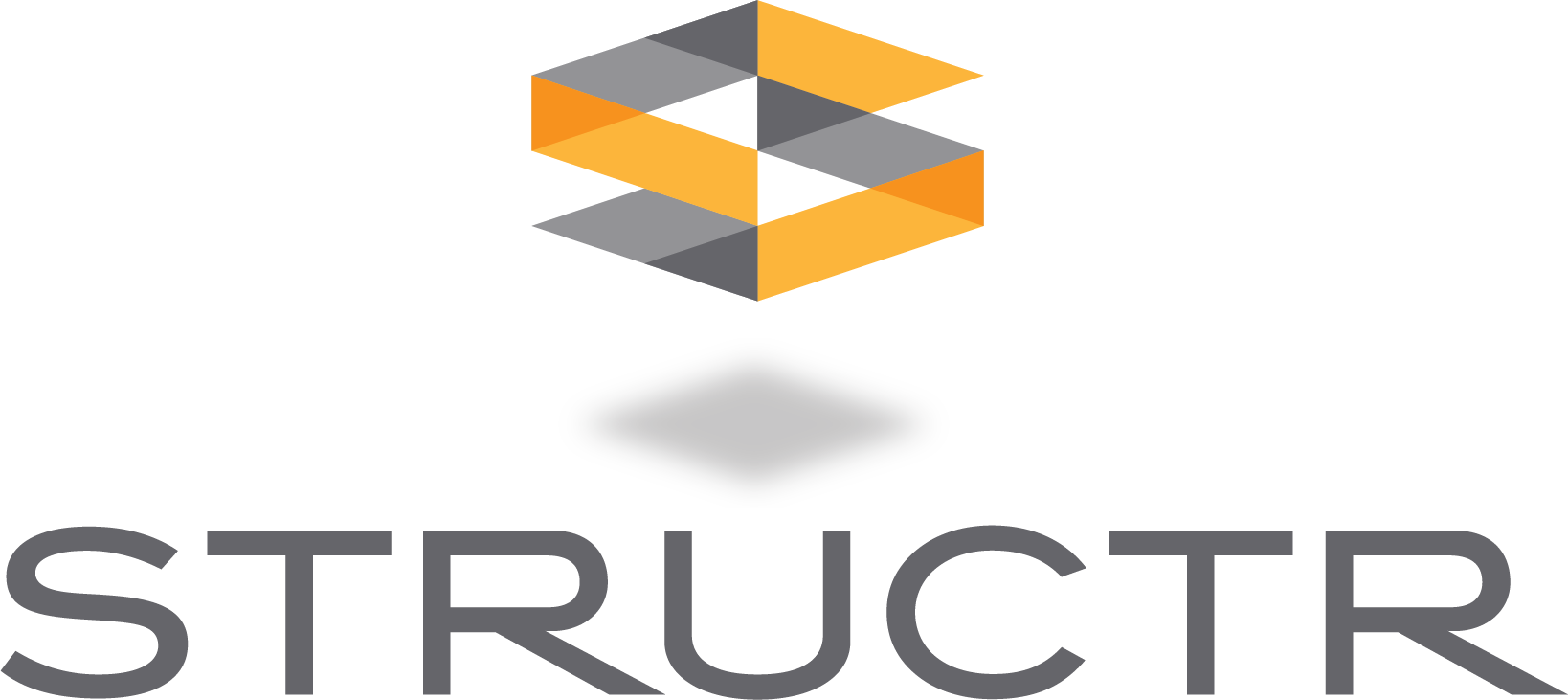

Jul 21, 2023
On March 30th, 2023, more than 500 architects, interior designers, consultants, and contractors gathered in New Canaan, Connecticut for the second Design for Freedom Summit by Grace Farms. I, Sydney Covey, Senior Manager of Energy and Sustainability here at STRUCTR, was among the crowd. Read along as I walk through the summit and discuss key takeaways.
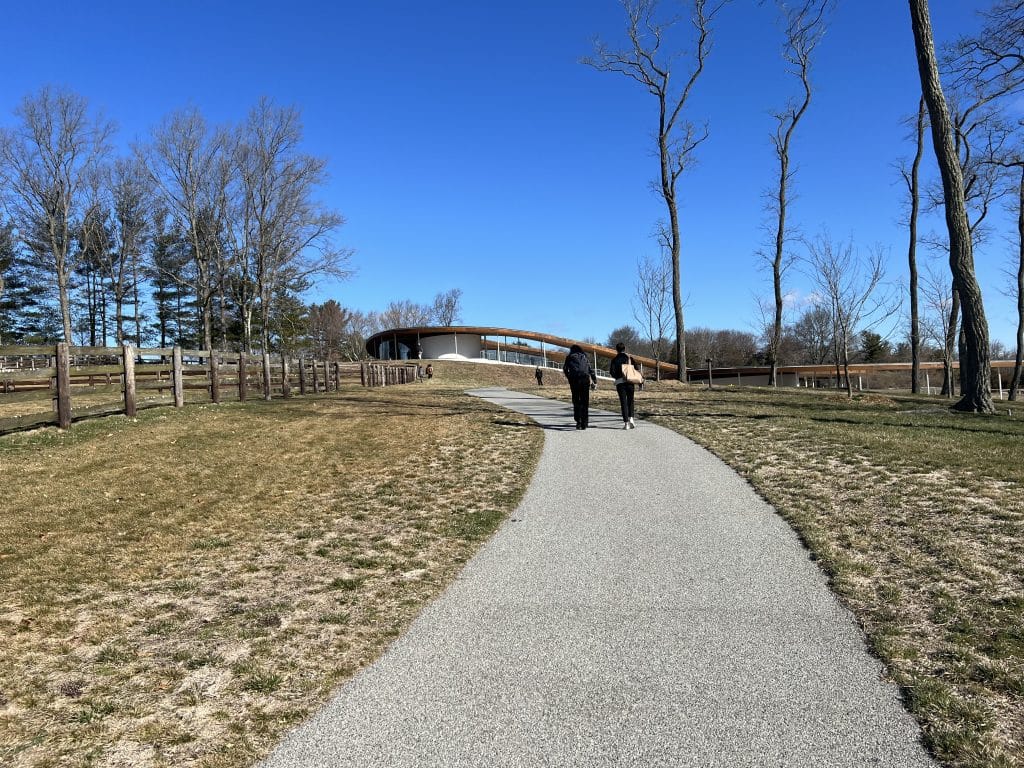
The Summit was hosted at Grace Farm’s beautiful campus in New Caanan, Connecticut.
Started in 2017 by Grace Farms Foundation Founder and CEO, Sharon Prince, and the late Architect’s Newspaper co-founder, Bill Menking, the Design for Freedom (DFF) movement embarks on the journey to eradicate forced and child labor in the building materials supply chain. From the DFF Final Report, “Globally, nearly 25 million people are held in servitude for forced labor, and close to 152 million children are subjected to child labor. As a society, we have a moral and ethical obligation to end exploitation that subsidizes the bottom line of all residential and commercial construction projects across the world.”
The building material supply chain is disjointed; additionally, information about material sourcing and production isn’t widely available. This makes the construction industry the top sector at risk of forced labor. The Design for Freedom Standard has developed a growing list of risky raw and composite materials, as well as global “hot spots,” which can provide pathways to ethical sourcing decisions. The DFF Toolkit identifies 14+ at-risk raw and composite materials: bricks, copper, electronics, glass, minerals, polysilicon in solar panels, precursors, rubber, steel & iron, stone, textiles, and timber.
On the importance of this annual convening, Prince said, “Today, hundreds of leaders of the built environment are standing together to issue a clarion call to action. We are not just in agreement that forced labor in the building materials supply chain is unethical and immoral. We are also in agreement that now is the time for action and true market transformation to design and build more humanely.” (Design for Freedom News)
The one-day summit featured panelists from across the supply chain, including pilot project architects and contractors, a former U.S. Customs and Border Control agent, and the United Nations University Centre for Policy Research. The morning included the celebration of the Design for Freedom pilot projects, including architect Nina Cooke John’s recently unveiled Harriet Tubman monument in Newark, New Jersey. The morning also showcased a new slate of DFF projects including Diana Kellogg Architects’ regeneration of a walled city in Jodhpur, India.
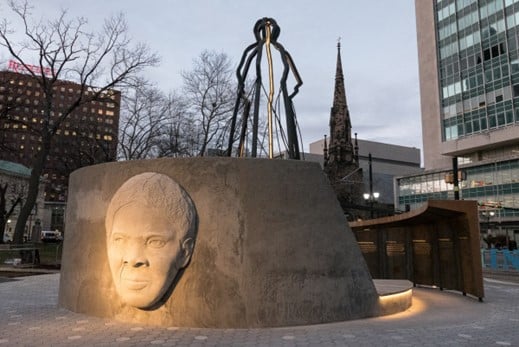
Cooke John’s monument to Harriet Tubman in downtown Newark. Photo by Cesar Melgar.
After the excitement of celebrations and announcements, the second panel dove into arguably the most important topics of the summit and of the movement – the business case. Most notably from that panel, Maha Khan of Finance Against Slavery and Trafficking (FAST), said that slavery is a modern economic tragedy. Khan noted that investors are becoming more aware of and concerned with the financial and reputational risks associated with forced labor. Former U.S. Customs and Border Control agent, Ana Hinojosa, reminded the audience that government regulations align with the concepts of DFF and added that (at the time of the summit) solar panels were being held at U.S. Customs and Border Control in Florida due to suspected child or forced labor.
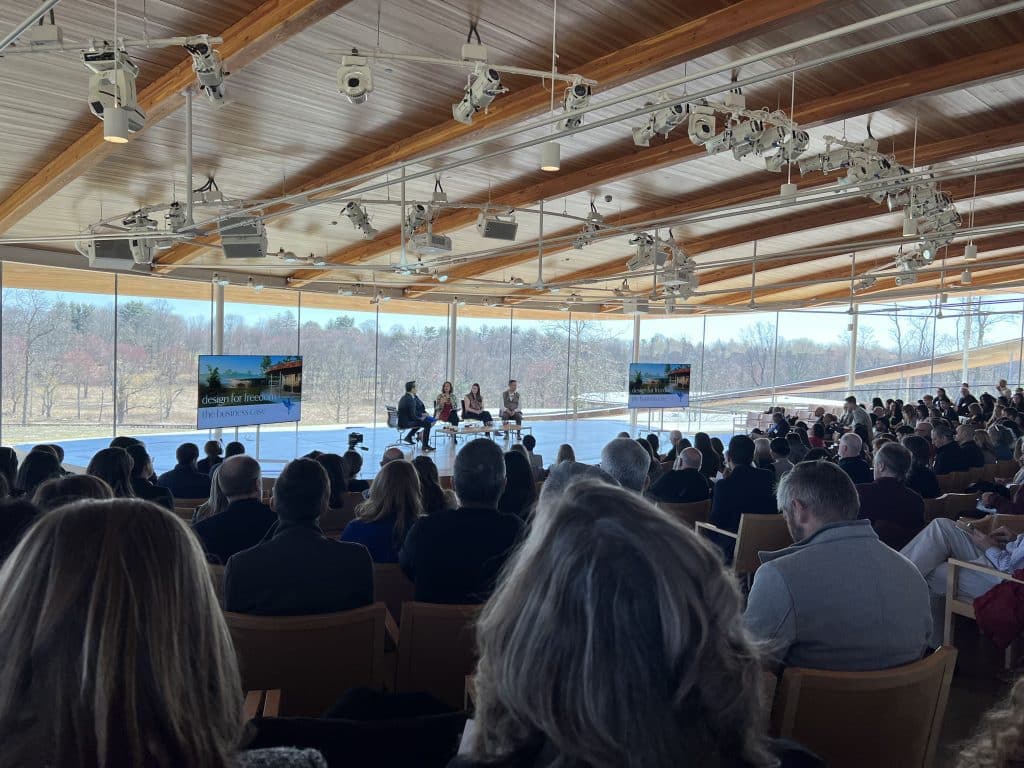
The Business Case panel at the Summit.
As a project manager and team facilitator, it was informative to hear from Turner Construction, Lendlease Americas, and MillerKnoll on the challenges and considerations of implementing this standard across projects and/or product lines. The DFF has impacted their businesses and understanding the intricacies of these impacts will help inform a way forward. The collective panel noted that closer collaboration with supply chain partners was needed, across the board. Turner has modified their prequalification documents to include questions about subcontractor ethics, human resources, and sustainability policies. The panelists collectively agreed that specifications, bids, and requests for proposals are all good vessels for advocacy. They mentioned these are hard conversations to have and most manufacturers or subcontractors are not ready to have them yet. There was also a heavy call to action aimed at the design community for material tracing and sourcing criteria to be applied to the specification process.
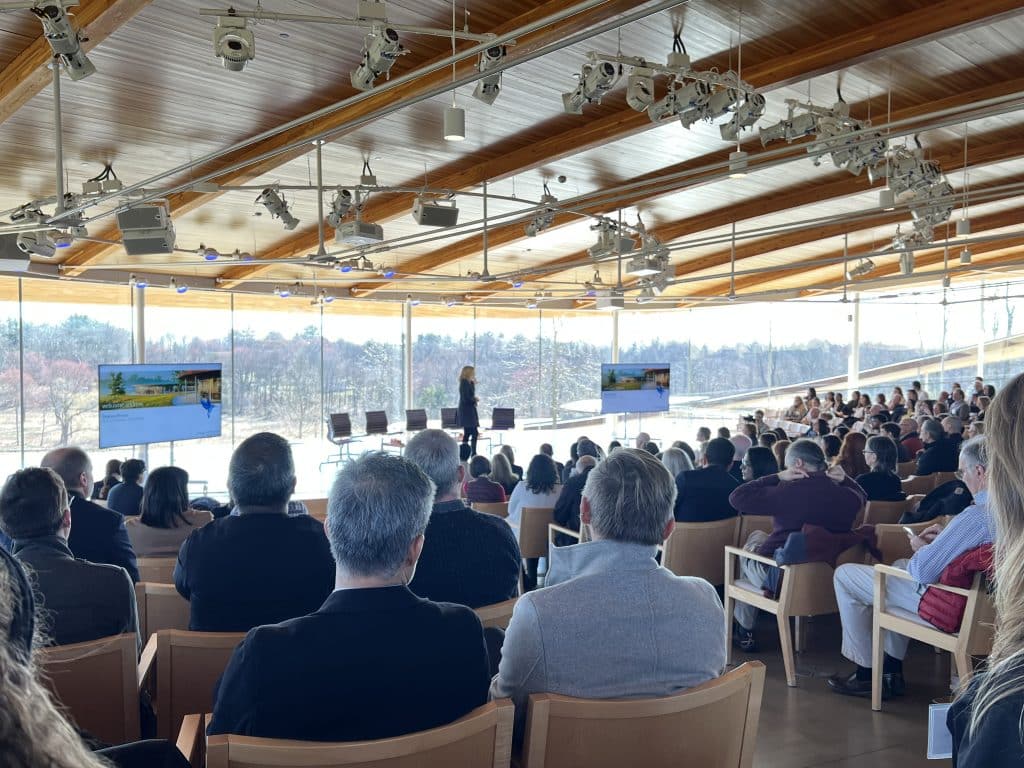
Sharon Prince, Grace Farms Foundation founder and CEO.
Sourcing reform will come with a perspective shift. Will materials that have been produced without forced labor cost more? Most certainly. The increased costs of ethically sourced materials, however, are a premium that projects should consider incurring.
Reflecting on the Summit
I was first exposed to Design for Freedom by a client, who is actively working on incorporating the standard into their project. When I first started exploring the intentions of the standard, I was reminded of my time as an intern on the Brock Environmental Center, the 9th fully Living Building Challenge certified building in the world. There were a lot of conversations surrounding the weight of advocacy and transparency around the presence of Red List Materials within products. I recall talking to manufacturers and suppliers who were unfamiliar with this topic. Just 10 years ago, the sea of change in material ingredient transparency hadn’t even begun, but
Design and construction can be drivers for humanitarian outcomes. The Living Building Challenge’s Red List Materials ignited the movement around material transparency when it began in 2006. The Design for Freedom Standard is igniting a whole new movement, this time not focused on the material, but focused on our fellow humans mining, milling, and manufacturing the material – the material that wouldn’t exist had our industry not influenced markets to provide it in the first place. As I reflected then and still reflect now, I am excited to have a front row seat to the Design for Freedom movement. May it remind us we are all humans first.